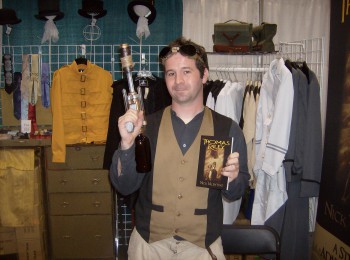Pastiches ‘R’ Us: Conan of the Isles
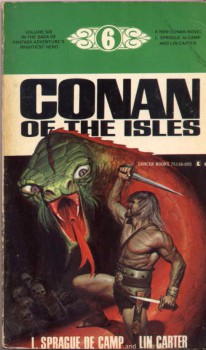 So far in the entries of my informal tour through the Conan pastiches—with a great guest shot from Charles Saunders on Conan the Hero—I’ve focused entirely on the “Tor Era,” the longest and most sustained period of new novels about Robert E. Howard’s Hyborian Age hero. Because of the sheer volume of books in the Tor line, which ran uninterrupted from 1982 to 1997, as well as most readers’ and reviewers’ indifference toward them, the Tor Era provides fertile ground for fresh criticism. It contains a few gems as well among the factory-line production schedule.
So far in the entries of my informal tour through the Conan pastiches—with a great guest shot from Charles Saunders on Conan the Hero—I’ve focused entirely on the “Tor Era,” the longest and most sustained period of new novels about Robert E. Howard’s Hyborian Age hero. Because of the sheer volume of books in the Tor line, which ran uninterrupted from 1982 to 1997, as well as most readers’ and reviewers’ indifference toward them, the Tor Era provides fertile ground for fresh criticism. It contains a few gems as well among the factory-line production schedule.
But I’ve neglected the earlier Conan pastiches, from publishers Lancer (Sphere in the U.K., later Ace in the U.S.) and Ballantine. Before Tor started its Conan factory with Robert Jordan’s Conan the Invincible, the world of Conan pastiches rested mostly in the hands of two men: L. Sprague de Camp and Lin Carter. They filled in a “Conan Saga” that they had imagined through a constructed timeline, and this framework extended into the Tor Era as well, although turning more overstuffed and inconsistent as the books piled up and eventually the whole series put itself to sleep and Howard burst back into print.
One of the results of de Camp and Carter’s addenda to Conan’s history is the odd, uncharacteristic, yet hypnotically entertaining Conan of the Isles. Years ago I wrote a detailed review of this 1968 novel for a forum posting. I’ve pulled up that old review and done some dusting, revising, and re-thinking to present the first “Pastiches ‘R’ Us” installment that examines the controversial First Responders of the neo-Conan world.
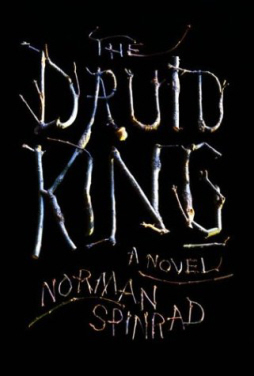 In Part Two of his blog series on the Publishing Death Spiral (read Part One
In Part Two of his blog series on the Publishing Death Spiral (read Part One 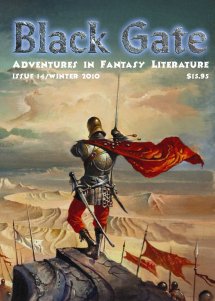 Sixteen of your US dollars. That’s what the latest (monster) issue of Black Gate has cost you in these days of fear and crumbling factories. It’s strange, isn’t it? You’ll spend all that money on a collection of fiction and game reviews when the internet is bursting with so much free content. If you go looking right now, you can find a million Sword & Sorcery stories out there that you wouldn’t even need to pirate: the authors, overcome in a delirium of generosity, are only too thrilled to supply them for free.
Sixteen of your US dollars. That’s what the latest (monster) issue of Black Gate has cost you in these days of fear and crumbling factories. It’s strange, isn’t it? You’ll spend all that money on a collection of fiction and game reviews when the internet is bursting with so much free content. If you go looking right now, you can find a million Sword & Sorcery stories out there that you wouldn’t even need to pirate: the authors, overcome in a delirium of generosity, are only too thrilled to supply them for free. Prague-based artist Matej Kren has created a room made almost entirely of books. It is part of the city gallery of Bratislava.
Prague-based artist Matej Kren has created a room made almost entirely of books. It is part of the city gallery of Bratislava.
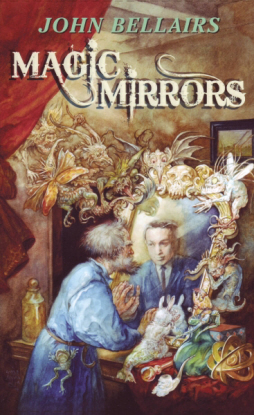 But Bellairs was more than that. He was also a first-class fantasist, whose one book for adults, The Face in the Frost, is something unique. Written before his tales for children, on its publication in 1969 it was described by Lin Carter as one of the three best fantasies to have appeared since The Lord of the Rings.
But Bellairs was more than that. He was also a first-class fantasist, whose one book for adults, The Face in the Frost, is something unique. Written before his tales for children, on its publication in 1969 it was described by Lin Carter as one of the three best fantasies to have appeared since The Lord of the Rings. Now that Gen Con is done, it’s time to offer up some final thoughts, experiences, and, of course, games.
Now that Gen Con is done, it’s time to offer up some final thoughts, experiences, and, of course, games.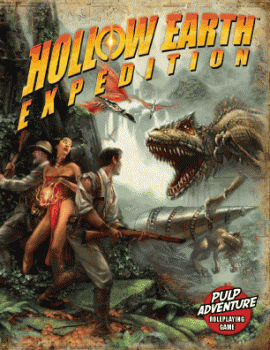 Pulp Adventure Roleplaying Games
Pulp Adventure Roleplaying Games The lead story for the
The lead story for the complete artwork comprising all the issues in 2010) is “Mannikin” by Paul Evanby. The story opens in July 1776, the date of American declared independence from British colonial rule (sidenote: the writer is Dutch and the magazine is published in the U.K.). But this isn’t about Ben Franklin or Thomas Jefferson, and doesn’t even take place in the colonies, but rather signifies the irony of a revolution that resulted in freedom for white Protestant male landowners who relied on the exploitation of African-American slaves to maintain economic autonomy.
complete artwork comprising all the issues in 2010) is “Mannikin” by Paul Evanby. The story opens in July 1776, the date of American declared independence from British colonial rule (sidenote: the writer is Dutch and the magazine is published in the U.K.). But this isn’t about Ben Franklin or Thomas Jefferson, and doesn’t even take place in the colonies, but rather signifies the irony of a revolution that resulted in freedom for white Protestant male landowners who relied on the exploitation of African-American slaves to maintain economic autonomy.